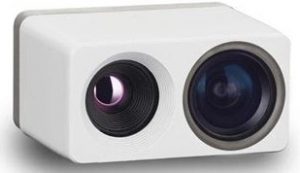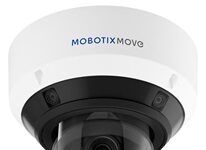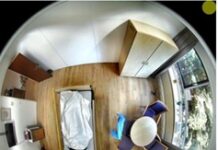
FLIR Systems, Inc. has released the FLIR Hadron, termed as the industry’s first dual sensor module for drone, robotic, and imaging original equipment manufacturers (OEMs). Designed to help reduce development costs and improve time-to-market, the lightweight, low power, and compact form factor includes a 12-megapixel visible camera paired with the FLIR Boson 320×240 resolution thermal camera with up to a 60-hertz frame rate.
“With the introduction of Hadron, FLIR Systems is leading the way in offering low-cost, dual sensor integration across a variety of industries from commercial drones to industrial imaging systems,” said Paul Clayton, General Manager, Components Business at FLIR. “Although our unmanned aerial system (UAS) customers are first to market with Hadron, this product empowers all of our OEM customers to increase performance with out-of-the-box functionality and simplified integration.”
As part of the Hadron development process, FLIR worked closely with drone manufacturers Vantage Robotics and Teal Drones, to perfect the module for use on lightweight drone airframes. Vantage Robotics integrated Hadron into its micro-gimbal platform featuring its proprietary stabilisation technology, offering a dual-sensor, OEM solution for existing UAS air frames and potentially other robotic platforms.
“Hadron is far and away the lightest and smallest combined visible-thermal sensor that has ever been commercially available,” said Tobin Fisher, CEO at Vantage Robotics. “For an aircraft where you’re trying to push the limit on flight performance, every gram matters. The ability to get these sensor capabilities in a package this small makes an enormous difference.”
Teal has also integrated Hadron within its 2-pound (1 kilogram) Golden Eagle UAS platform, taking advantage of the module’s compact size to create a lightweight yet dynamic payload that helps preserve battery life and maximize flight time on a small air frame.
“Hadron enables us to speed development and time-to- market for small air frames with thermal and visual sensors,” said Teal Drones CEO and founder, George Matus. “It’s high quality, low weight, and compact size allows for rapid integration to quickly develop prototypes.”












